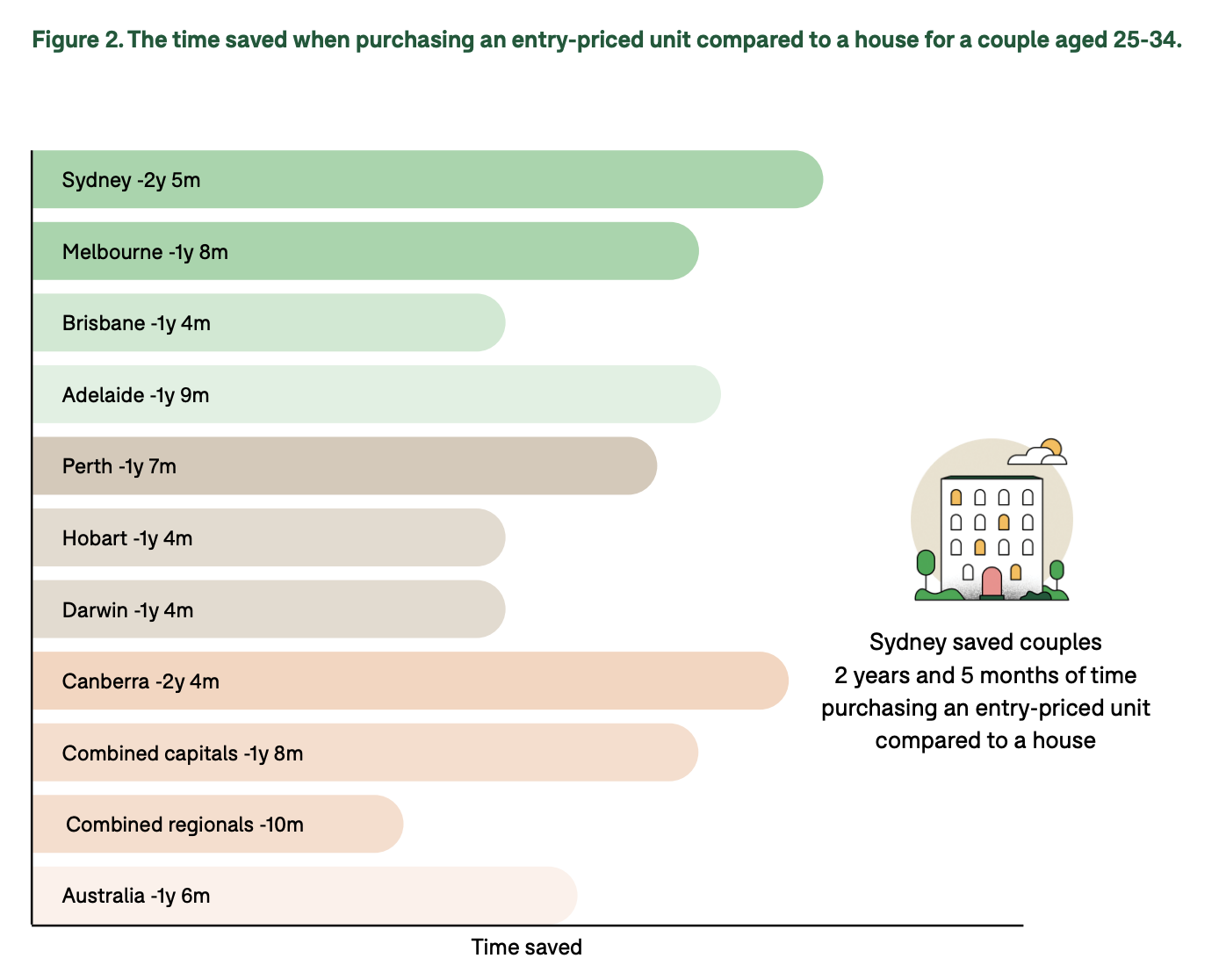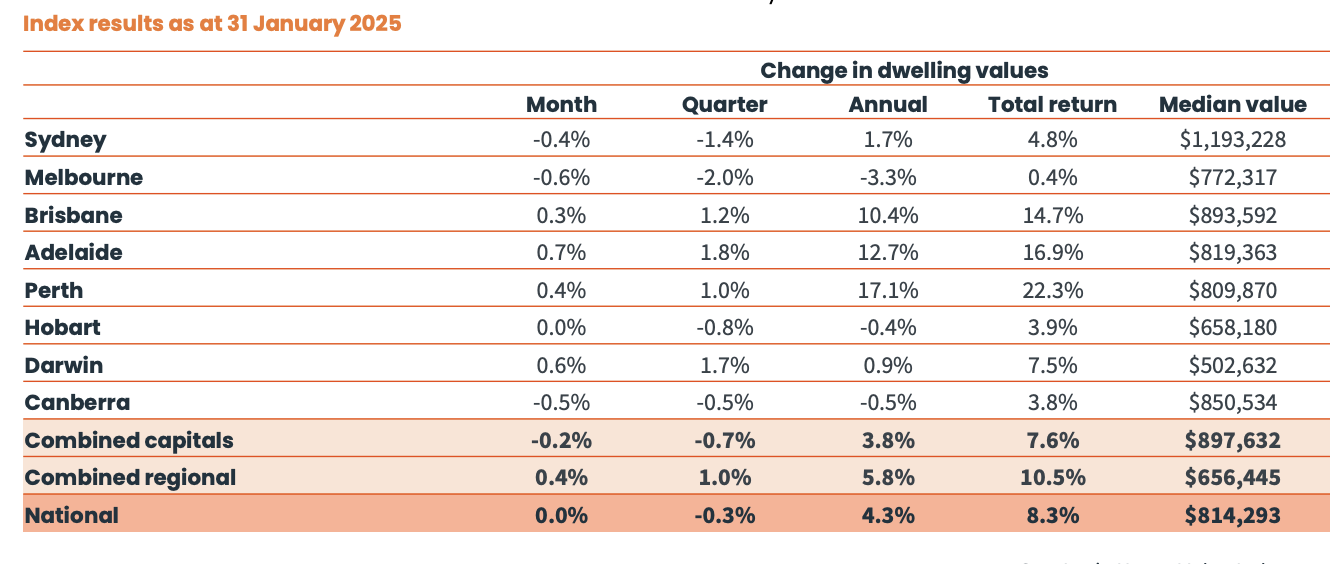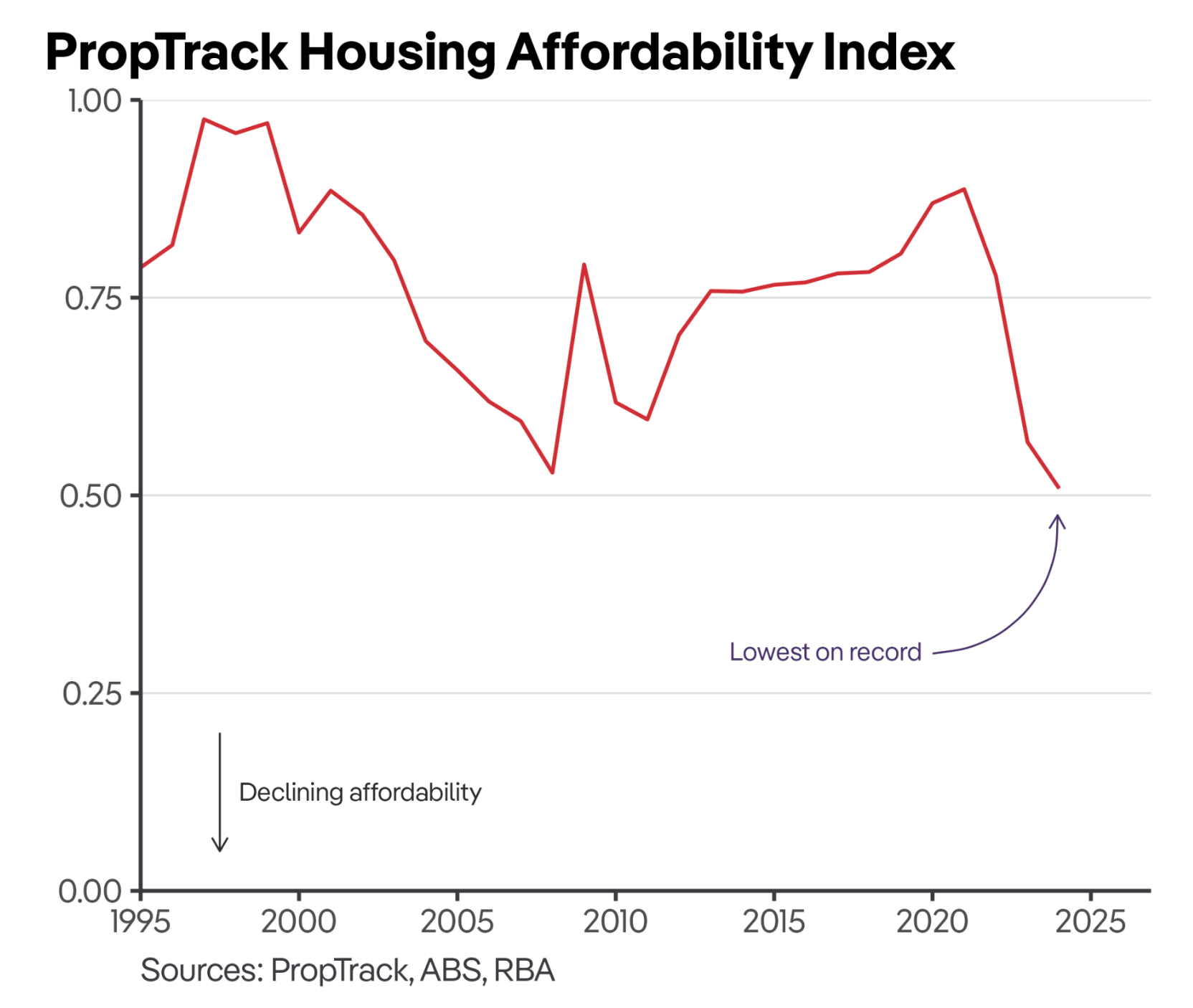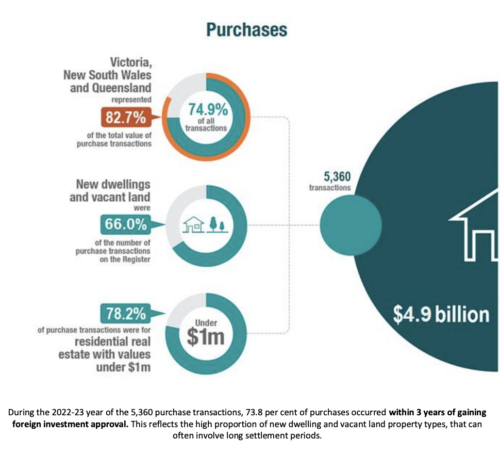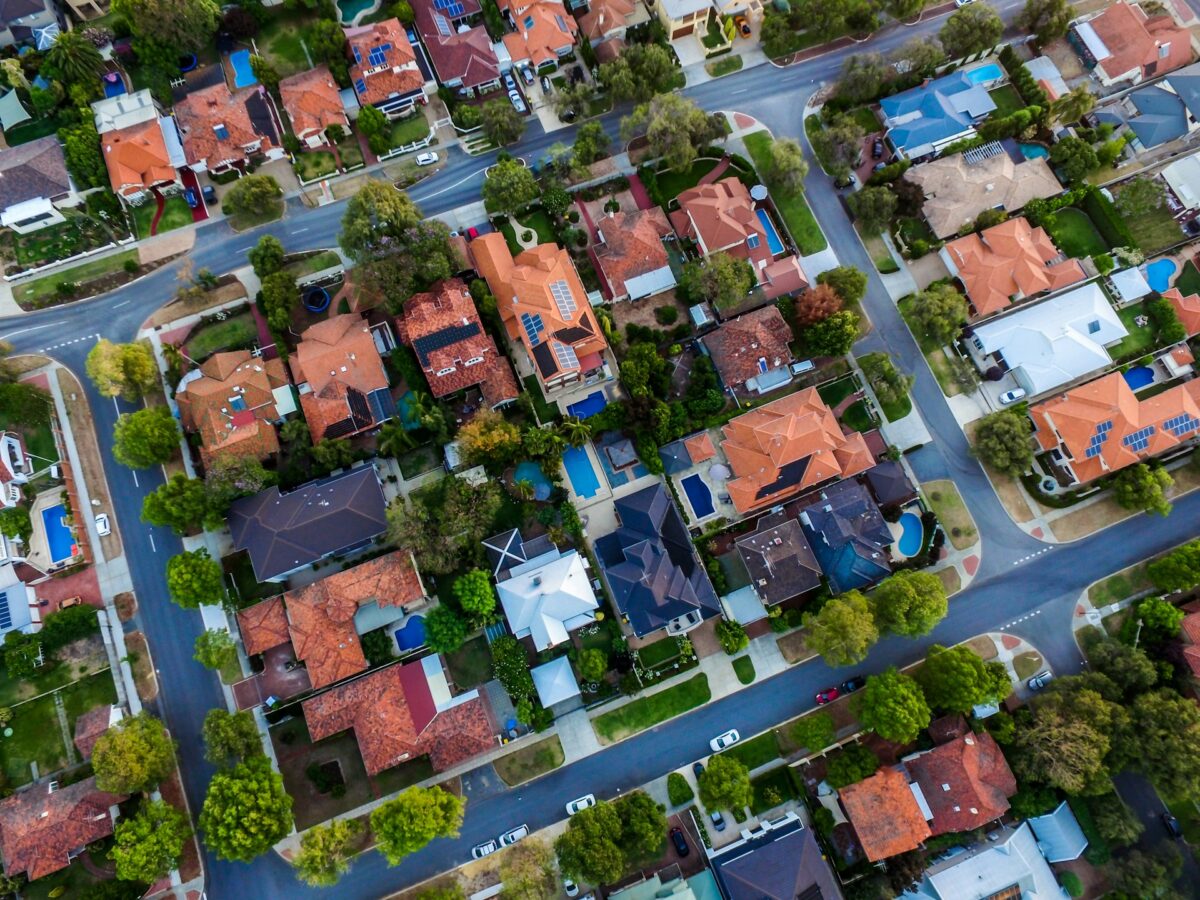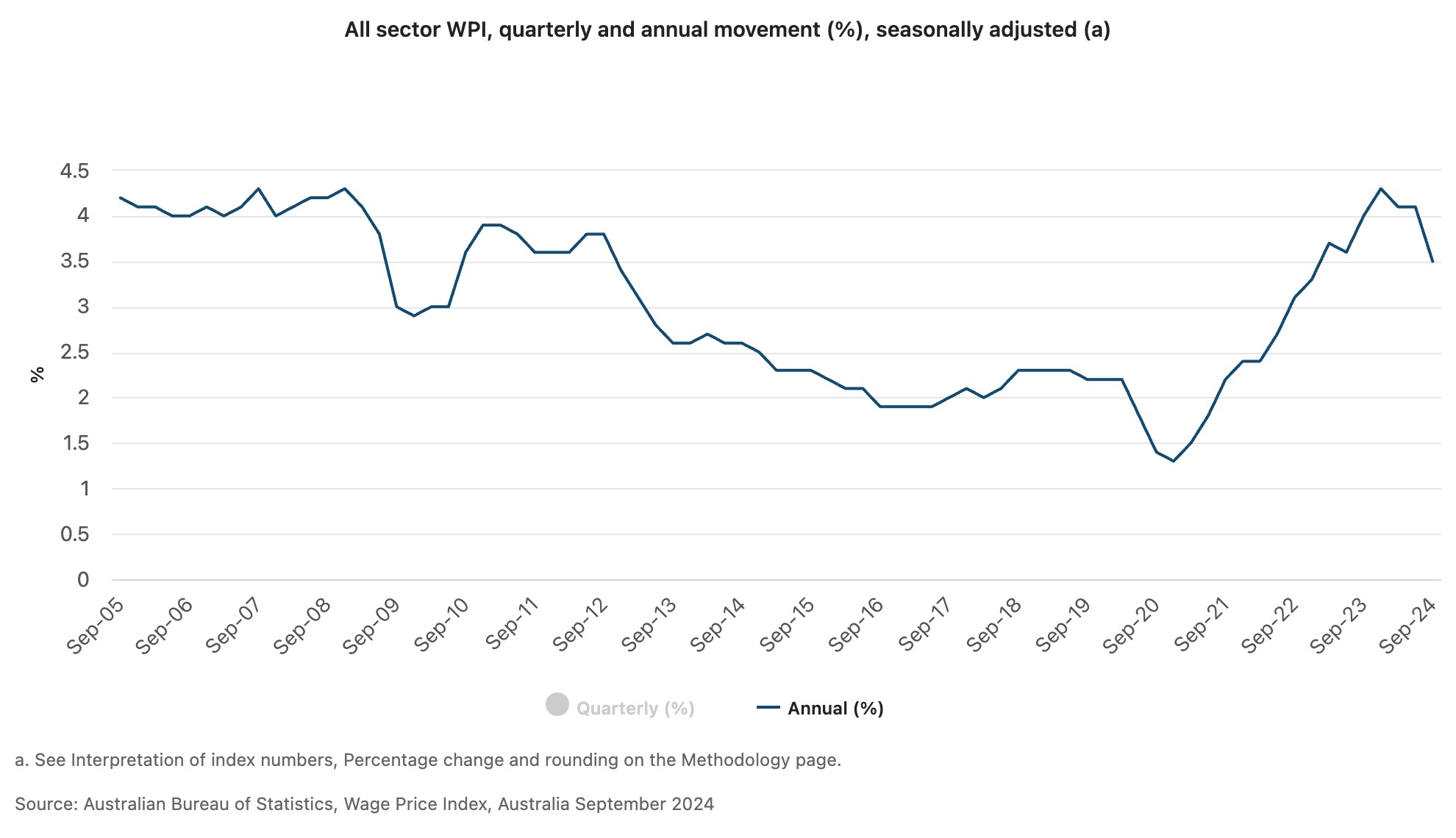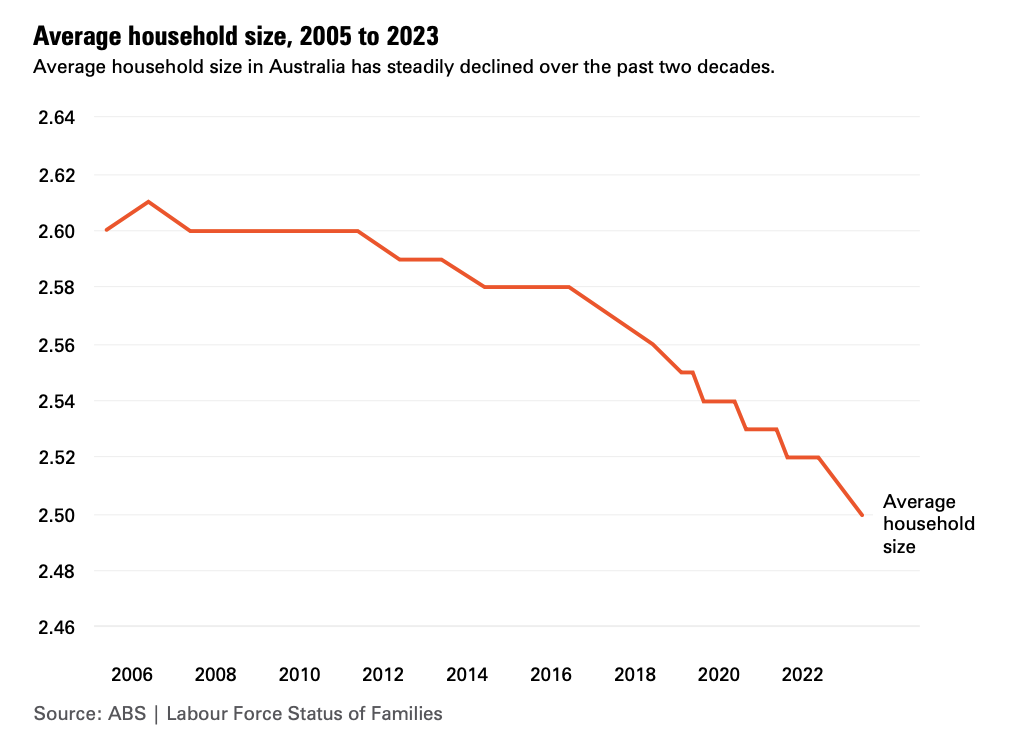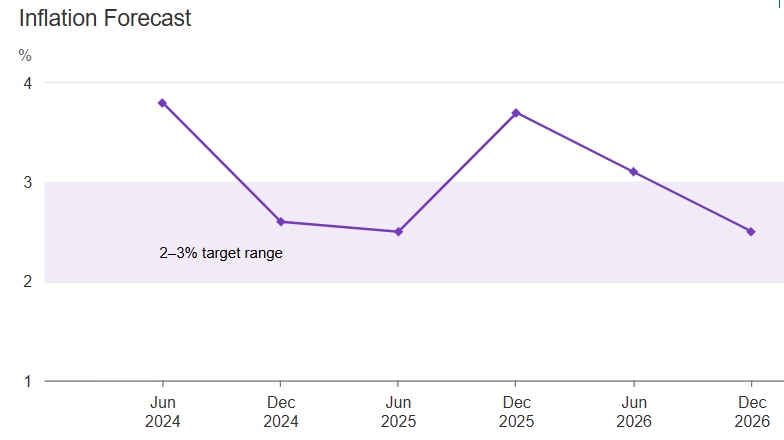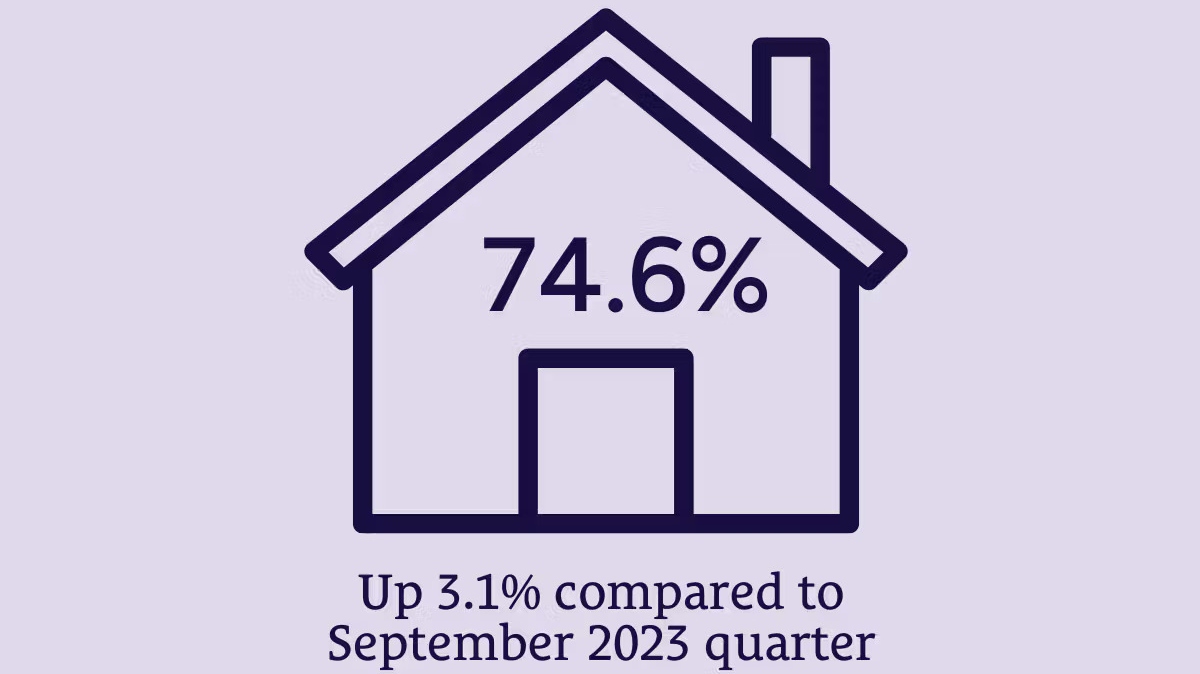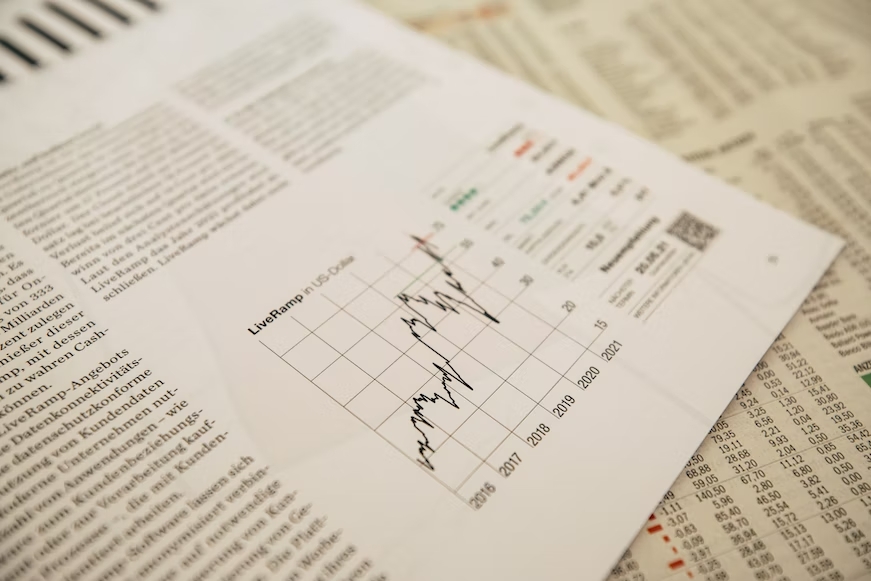Rate case grows + Borrowers hold firm + Deposit gap pushes buyers out
Inflation continues to cool, with new figures from the Australian Bureau of Statistics showing the annual trimmed mean inflation rate fell to 2.9% in the March quarter – its lowest level in more than three years and firmly within the Reserve Bank of Australia’s (RBA) 2–3% target range.
That’s significant because the trimmed mean is the RBA’s preferred measure of inflation, as it strips out volatile items like fuel and electricity to better capture underlying price pressures. As a result, speculation is growing that the central bank may cut rates when it next meets in May.
Meanwhile, annual headline inflation held steady at 2.4%, with price growth driven by housing, education and food. Services inflation – often stickier and slower to shift – eased from 4.3% to 3.7%, reflecting softer increases in rents and insurance. Goods inflation, however, ticked up slightly, largely due to higher electricity prices. 
Borrowers proving their resilience
Most home loan customers are in a stronger financial position than before the pandemic, according to the latest Financial Stability Review from the Reserve Bank of Australia (RBA).
“Although the share of households consistently drawing on their cash buffers has declined relative to 2023, it remains a bit above pre-pandemic levels. That said, all but the highest income quartile have larger prepayment buffers than before 2020 (see graph). Additionally, mortgagors’ equity positions are generally strong, with less than 1% of households currently in negative equity – a meaningful improvement from pre-pandemic levels,” the RBA said.
As a result, “the vast majority of borrowers would remain able to service their debt under a range of plausible economic scenarios”. Even if property prices declined by 30%, “around 9 in 10 mortgagors would still have positive equity”.
The RBA data confirms that the typical borrower has found a way to cope with higher interest rates and inflation over the past three years, and would manage even under more challenging circumstances.

Deposit struggle driving regional exodus
Australians are increasingly leaving the cities in search of more affordable housing, according to the new PEXA Buyer Deposits Report.
The report reveals that it can now take up to 20 years for a single-income buyer with no family support to save a deposit for a median-priced house in New South Wales – assuming consistent saving and no financial shocks.
In Victoria, the estimated range is nine to 17 years, while in Queensland, buyers may spend between 10 and 20 years building their deposit.
As a result, younger Australians are relocating to regional areas. For instance, the report highlights a consistent annual outflow of 20,000 to 30,000 people from Sydney to regional NSW.
However, even these regional locations are now experiencing elevated loan-to-value ratios (LVR).
PEXA chief economist Julie Toth said this indicates that affordability issues are spreading beyond the cities.
“Regional towns show a high proportion of loans with LVRs above 80%, further stressing the difficulties faced by those trying to enter the market,” she said.








